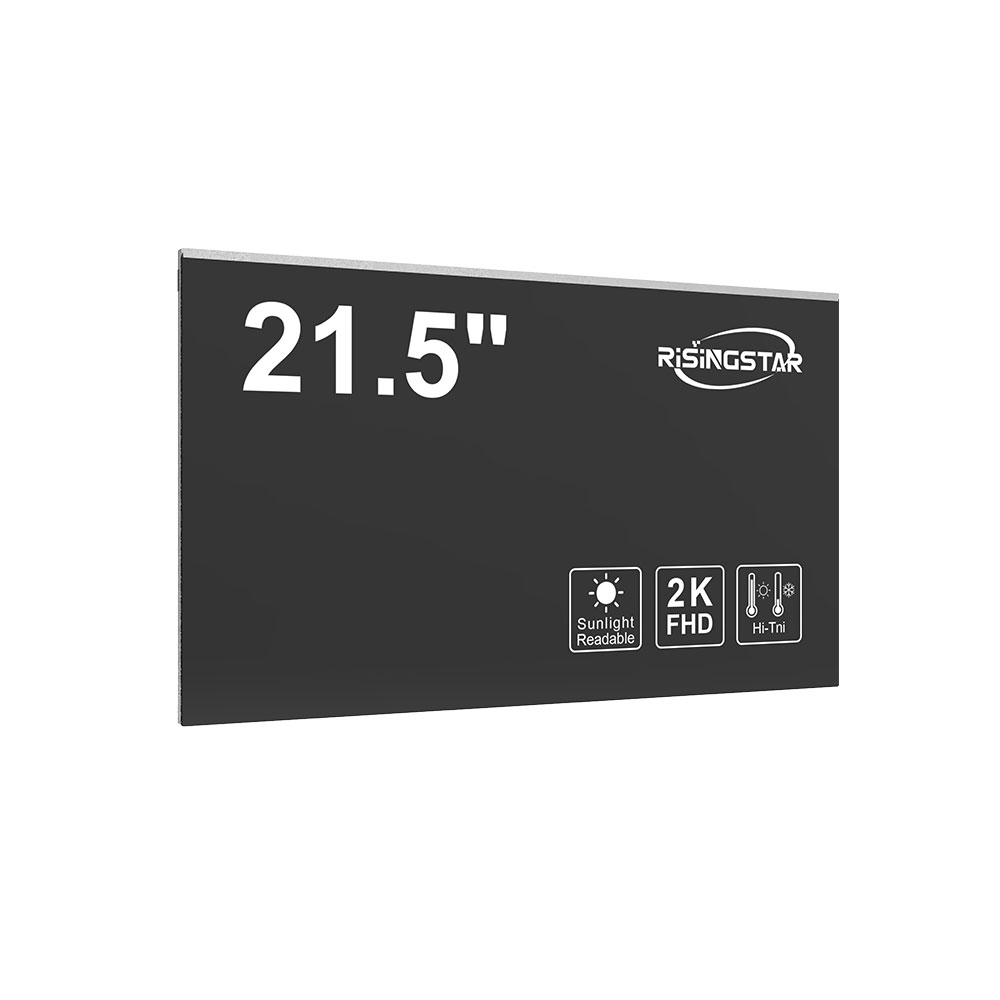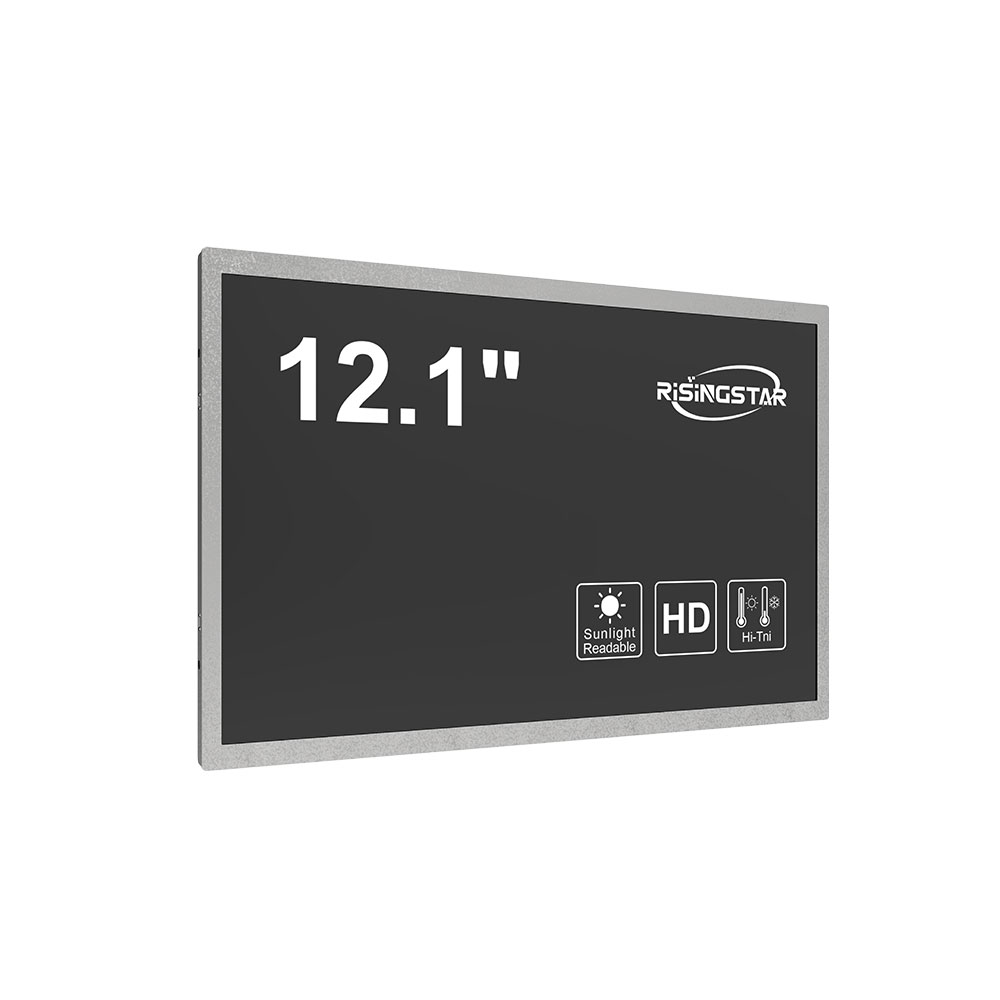- Home
- About Us
- Products
- News
- Video
- Contact
- Send Inquiry
Search
- Home
- About Us
- Products
- News
- Video
- Contact
- Send Inquiry

Outdoor LCD screens are essential in modern infrastructure, serving applications from digital signage in city centers to industrial monitoring in remote locations. Their ability to function reliably under extreme weather conditions—such as high temperatures, intense sunlight, and humidity—depends on precise engineering and adherence to international standards like IP65, IK10, and MIL-STD-810G.
The introduction of outdoor LCDs began in the early 2000s with basic displays that struggled in direct sunlight or sub-zero temperatures. Today, advancements in LED backlighting, anti-glare coatings, and thermal management systems allow these screens to deliver consistent brightness (up to 5,000 nits) even in full daylight. According to a 2023 study by the International Electrotechnical Commission (IEC), properly rated outdoor LCDs achieve over 98% uptime in environments exceeding 45°C ambient temperature when installed with adequate ventilation and sun shields.

In the main body, we examine three core technical parameters: luminance, environmental protection, and durability. Luminance is measured in nits; for outdoor use, 3,000–5,000 nits are standard to overcome solar glare—a requirement confirmed by the Society of Information Display (SID). Environmental protection involves IP ratings (e.g., IP65 for dust and water resistance) and IK ratings for impact resistance, ensuring robustness against vandalism or harsh weather. Manufacturers must also validate screen lifespan using accelerated aging tests per ISO 9227, typically achieving 60,000+ hours of operation before significant degradation.
Durability extends beyond physical resilience to include electrical stability in fluctuating power conditions—a common issue in developing regions. Many manufacturers now integrate DC power options and surge protection circuits compliant with IEC 61000-4-5. Real-world case studies, such as the deployment of 1,200 outdoor LCDs in Dubai’s metro system, show that compliance with both EN 60068-2-14 (temperature cycling) and EN 60068-2-30 (humidity testing) results in 99.5% operational reliability after 5 years of continuous use.

In conclusion, choosing an outdoor LCD screen requires evaluating not just display specs but holistic performance under real-world stressors. Industry leaders like LG, Samsung, and Sharp now provide certified modules tested across multiple global climates, demonstrating that standardized testing and design rigor directly correlate with long-term ROI. For professionals in urban planning, transportation, and public safety, investing in certified outdoor LCD solutions ensures mission-critical visibility regardless of environmental challenges.